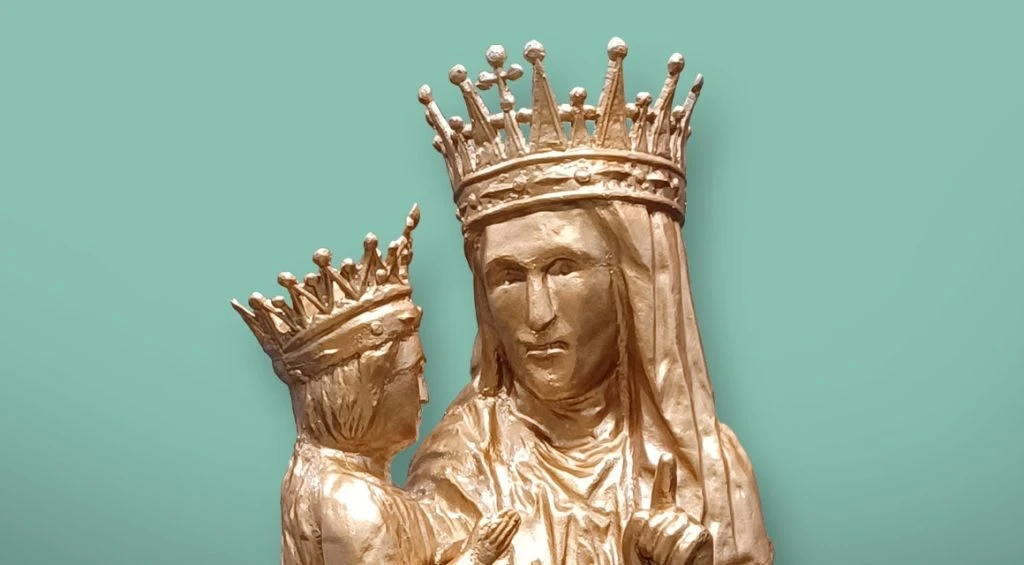Repoussé, a French term meaning "pushed up", is the term used to describe a metalworking technique that creates an image in relief on a sheet of metal. The name hints at the general principle of the technique: the artist pushes the metal up from the reverse side to create the intended image. Chasing, derived from the noun "chase" meaning grooves or channels, is the counterpart to repoussé and is used to modify and refine the image. You may also hear chasing referred to as embossing. Because of the malleability of metal, a single sheet of metal could be used without causing extensive damage or removing any of the material, although indications of the technique can be seen upon inspection.
The metal repousse technique has existed since early on in the history of humanity. Mass production methods of repoussé works date back to the 3rd millennium BCE in the Middle East. The process also surfaced in the native tribes of America, Greece, France, Rome, and in southeastern Asia. Gold and silver are the predominantly used materials in modern works, but bronze, tin, and copper were extensively used throughout every region where it was used in ancient times.
The types of artwork made using the technique include drinking vessels, pieces of armor, ritual clothing such as headdresses and masks, and decorations for buildings and important objects like sarcophaguses.
One of the most famous pieces of work to use repoussage is the mask of the mummy of Egyptian pharaoh Tutankhamun. A solitary sheet of gold forms the majority of the mask which was then set with gemstones. The Statue of Liberty is also an incredibly well known piece of art made by the metal repousse technique; created by the French sculptor Frédéric Auguste Bartholdi to celebrate the relationship between France and America.
The original process involved placing a sheet of metal on a bowl of pitch, most commonly made from pine rosin. Beeswax, mud, and other types of rosin have been used depending on the availability of materials in the region where the piece was created. The pitch is heated and kept soft to hold the sheet stable and allow the artist to hammer the metal outwards. Controlling the temperature of the pitch is vital to achieving the desired result: too cool and therefore too soft, and it becomes much harder to create the intended image; too hot and therefore too hard, and the sheet will become too thin as it is worked and eventually lose structural integrity. To expedite the process, pre-fabricated pattern molds can be used to quickly stamp the image into the metal.
A number of the original techniques for our statuary work are still used today, in most cases we will receive what is left of an original statue in a deteriorated state. The entire form is then dismantled piece by piece, then mold casting takes place using each of the individual parts to create the molds. From these molds each are used then to sand cast one half of the die in a negative form, once cooled this casting is used to pour the mating die for that piece. This process is repeated for every section. Once the parts are completed and trimmed the reassembly begins by soldering each sections together one by one to its original form.
The intricate craftsmanship required to perform repoussé requires a steady and knowledgeable hand. If you are looking to restore or reproduce a valued possession, contact us at Heather and Little to get in touch with experienced and skilled artisans who can return the pieces to their original beauty.
Sainte-Anne-des-Chênes, one of Manitoba’s oldest Franco-Catholic parishes, is home to a mysterious and beloved statue of St. Anne and the Child. For over a century, this figure has watched over the church from a high exterior niche. But after years of exposure to the elements, the statue was in urgent need of restoration. That’s when the parish turned to Heather & Little for expert repair and sheet metal statuary.

The statue, a crowned woman with a crowned child, is identified by the parish as St. Anne and her daughter, the Virgin Mary. Its origin is unclear, believed to have come from Montreal around 1904 and thought to be made of tin; but there are no definitive records. The crown and upward-pointing finger are strong iconographic clues, possibly referencing St. Anne’s traditional symbolism and artistic depictions like da Vinci’s sketches.
Unlike many popular metal statues from the late 19th and early 20th centuries, which were typically made of hollow-cast zinc or iron, the St. Anne statue features a solid wood core covered in hammered sheet zinc. This construction method was unusual and unfamiliar, even to our experienced team. Despite a full physical examination, the statue held onto its secrets.
Restoring the statue required careful craftsmanship. We removed layers of corroded paint and degraded zinc, reinforced the underlying wooden structure, and re-clad the surface in new sheet zinc using traditional metal repoussé techniques. The base, which had suffered the most water damage due to cracks in the cladding, was also fully repaired. To ensure durability, the entire statue was sealed in UV-resistant paint.
Heather & Little is proud to support restoration projects that preserve heritage and community identity. If your site features historical sheet metal statuary in need of expert care, contact us today. We’re ready to help bring your legacy pieces back to life.
If you are looking for a second opinion on your project or have a particularly complex issue that needs a fresh eye, such as historic building restoration, we’re here to help. Tackling tricky restoration projects is our specialty, and we welcome the opportunity to provide consulting services. We apply a keen attention to detail to all our commissions.
Join our mailing list and keep up to date on what’s going on with Heather & Little, sheet metal and roofing, including access to industry insights, interesting project case studies and incentives.